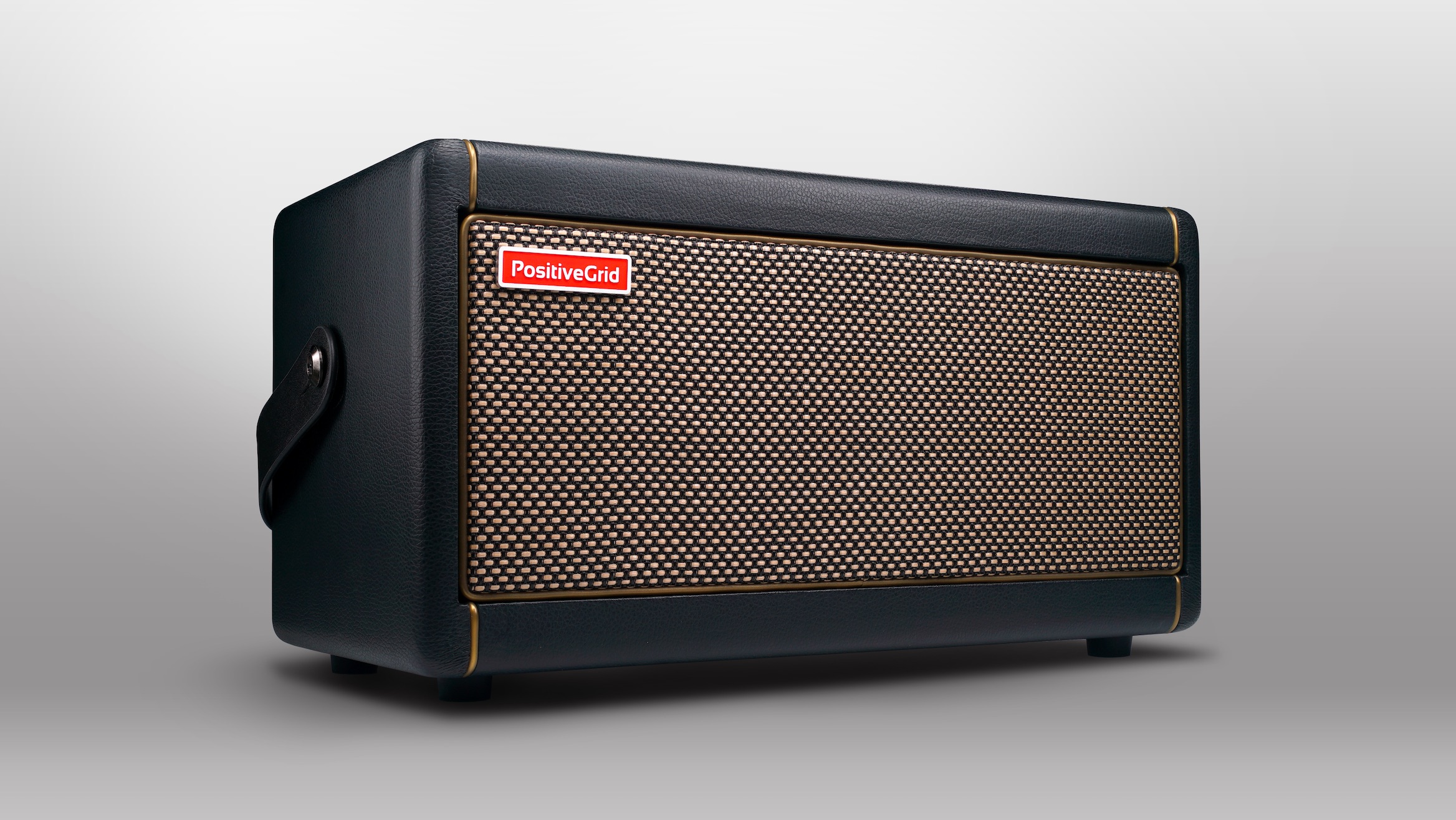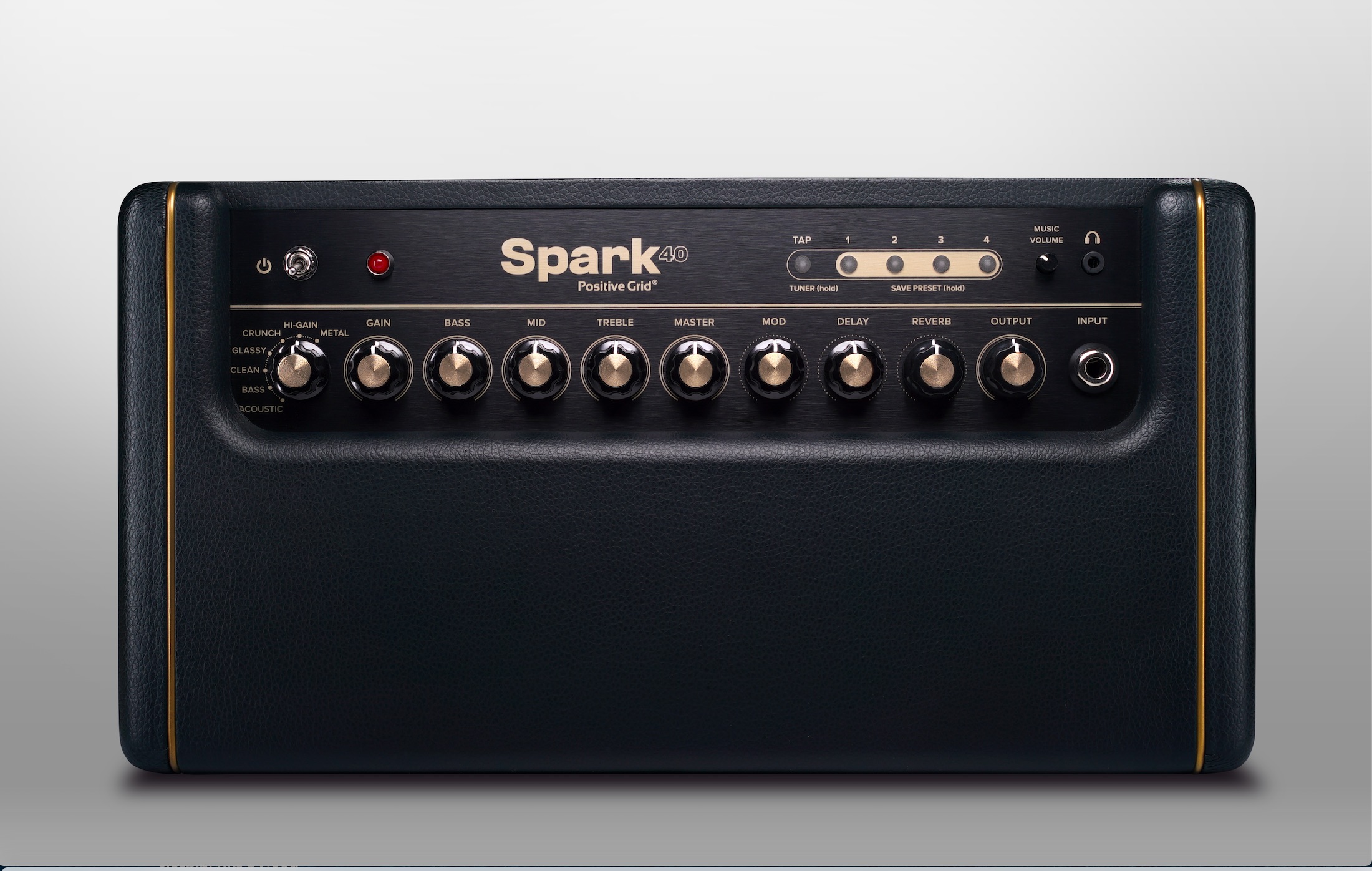How to seriously improve your soloing in just 6 minutes
Steve Stine plugs into the Positive Grid Spark amp to demonstrate quick and easy ways to spice up your lead licks
We’ve long touted the many incredible features on offer in Positive Grid’s Spark, and if you’re looking to hear the gadget we’ve called the “future of desktop amplification” in action, guitar instructor Steve Stine has a new video lesson designed to show you how to improve your soloing in six minutes – and do it with great tone, to boot.
If you haven’t tried the Spark yet however, now’s your chance: Positive Grid is offering the opportunity to seriously deck out your at-home practice, jamming and recording setup with the Positive Grid Jam at Home Giveaway.
One lucky winner will receive over $3,300 in prizes, including a Positive Grid Spark guitar amp and BIAS software pack, plus amazing items from ESP, PreSonus, Dunlop and more.
Spark is a smart guitar amp that uses intelligent technology to allow for practicing and playing millions of songs. In addition to the top-tier connectivity, amp modeling and onboard effects, its Smart Jam and Auto Chords features provide a previously-unheard level of interactive playing.

Speaking of that tone, Stine starts off by directing you on how to obtain the exact one he’s using in the video. Spark users can merely head to the ToneCloud and grab “Steve Stine Hi-Gain” among the thousands of tones on offer.
From there, he jumps head(stock) first into Tip #1, which he calls “Fretboard Knowledge.”
What does this mean, exactly?
While we all know and rely on our pentatonics and diatonics, as Stine points out, it’s important to be able to move out of those boxes and begin using the entire fretboard. This helps to not only increase your note knowledge but also allows you to find numerous ways to voice the same phrase for a different attack and vibe.

Next up on Stine’s list? Adding vocal elements like bending, vibrato, hammer ons, pull offs and vibrato to your lines. “Really learning how to manipulate those can make a big difference in how musical your solos sound,” he says.
From there, Stine hits on the idea of dynamic contrasts. Playing high on the fretboard? Go lower. Doing a fast lick? Slow down. Digging in hard on the strings? Try playing softer. “All of these things create dynamics,” he says. “It’s more interesting for you and certainly more interesting for your listeners.”
Next, Stine cycles through the ideas of chord connection (“it will help make your solos sound more melodic”) and adding blue notes and ninths to pentatonic runs to introduce new colors.
Finally, he wraps it all up with an obvious but essential ingredient: Finding the right tone.
“Sometimes you need to dial in a different tone for the musical situation you find yourself in,” he says. This can mean increasing or dialing back distortion, or adding in delays, reverb or other effects.
There’s a lot to consider here, but as Stine points out, “an amp like the Spark makes it easy to do so.”
To enter for the chance to win a Spark guitar amp of your own, as well as BIAS software and other prizes, head over to the Positive Grid Jam at Home Giveaway. Entries close on November 30.
And for more information on the Spark, direct your browser to Positive Grid.
Get The Pick Newsletter
All the latest guitar news, interviews, lessons, reviews, deals and more, direct to your inbox!
Rich is the co-author of the best-selling Nöthin' But a Good Time: The Uncensored History of the '80s Hard Rock Explosion. He is also a recording and performing musician, and a former editor of Guitar World magazine and executive editor of Guitar Aficionado magazine. He has authored several additional books, among them Kurt Cobain: Montage of Heck, the companion to the documentary of the same name.

